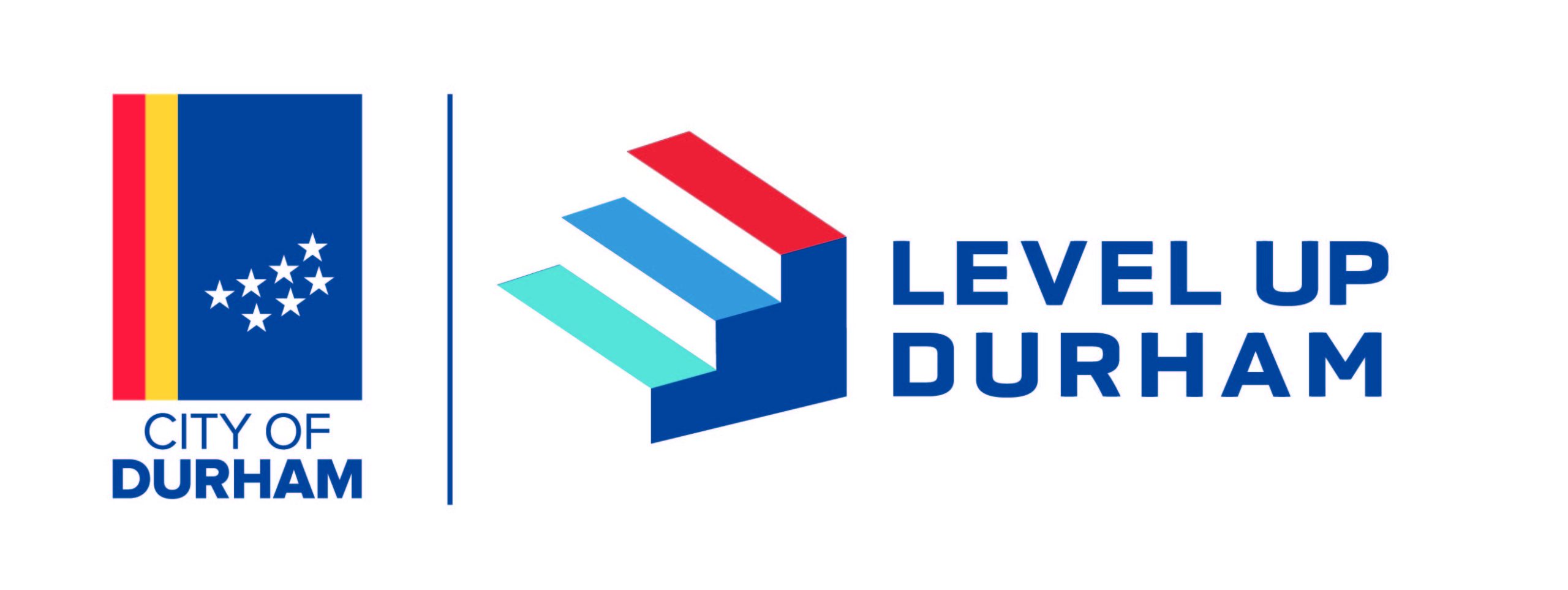![]()
Prosperity
![]()
![]()
![]()
![]()
Status Indicator: ![]() In Progress |
In Progress | ![]() On Hold |
On Hold | ![]() Complete/Ongoing
Complete/Ongoing
Initiative: 2.33 Evaluate, assess and propose additional support for healthy and engaged public safety employees
Creating a Safer Community Together
Description
This initiative will (1) ensure public safety employees have defined pathways to address any incidents of trauma, stress, or burnout; and (2) Increase overall focus on public safety wellness and reduce stigma related to obtaining support; and (3) Increase staff retention and growth in the public safety sector.
Key Measures & Data Analysis
As we move from the research phase to the piloting phase, additional data will become available. Please check back at the next update for additional data.
Why is it important?
According to Kaiser Perm, there is an increase in risk associated with working in public safety.
-
Police officers and firefighters are more likely to die by suicide than line of duty
-
85% of first responders have experienced symptoms related to mental health conditions
-
Depression and PTSD are up to 5x more common in first responders.
This initiate will seek to change these trends by creating a model program to build on local evidence, innovation, and evidenced-based research practices. This initiative will create a major impact on enhancing the health and wellness of public safety employees. This can reduce the prevalence of mental health trends among staff and the collateral consequences that may be associated with untreated health needs that could range from impacts on performance to worsening relationships with peers to harm to community members, self and external stakeholders. As a result, the initiative aims to improve overall wellness and increase retention and job satisfaction.
What have we been doing?
-
This group, consisting of personnel from across the public safety portfolio, was established to foster a shared understanding of the needs of those working within the 911 Call Center, Fire Department, Police Department and Community Safety Department. The primary objective is to research, identify, and propose potential wellness initiates that would enhance the overall well-being of those first responders.
What's next?
City Website Home Page: Durham, NC | Official Website (durhamnc.gov)
Budget Website Page: Budget & Management Services Department | Durham, NC (durhamnc.gov)
Budget and Management Services Department
Office of Performance and Innovation
Strategy and Performance Division
